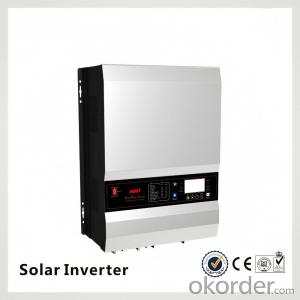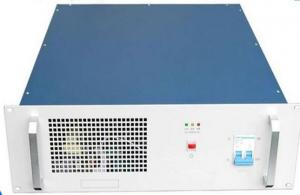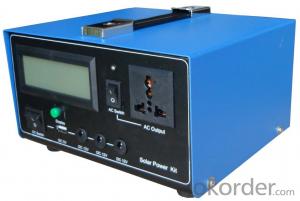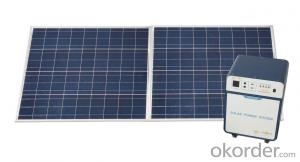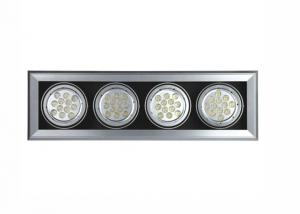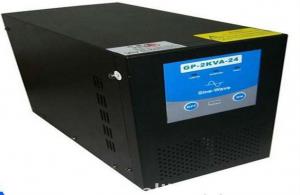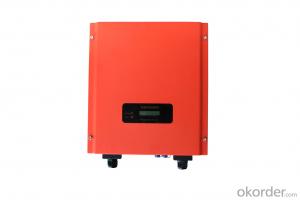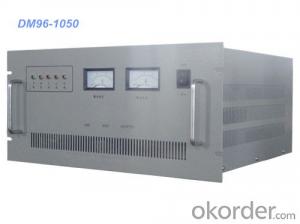3000 Watt Solar Power Inverter
3000 Watt Solar Power Inverter Related Searches
Solar Power Inverter For Rv Solar Power Kit With Inverter Inverter In Solar Power Plant Best Solar Power Inverter Home Solar Power Inverter Best Off-Grid Solar Inverter Best Off Grid Solar Inverter On Grid Solar Power Inverter Off Grid Solar System Inverter Best Hybrid Solar Inverter UkHot Searches
Solar Inverter For Fridge Best China Solar Inverter Solar Inverter Supplier In Uae Solar Inverter In Dubai Solar Inverter In Saudi Arabia Solar Inverter In Uae Solar Inverter In Kerala Solar Inverter In Nepal Solar Inverter In Burpengary Solar Inverter In Caboolture Solar Inverter In Chennai Solar Inverter In Lebanon China 10kva Solar Inverter China Solar Inverter 1000kw China Solar Inverter 3kw China 5000w Solar Inverter China 850va Solar Inverter China Infini Solar Inverter Solar Inverter China China Hybrid Solar Inverter3000 Watt Solar Power Inverter Supplier & Manufacturer from China
Okorder.com is a professional 3000 Watt Solar Power Inverter supplier & manufacturer, offers integrated one-stop services including real-time quoting and online cargo tracking. We are funded by CNBM Group, a Fortune 500 enterprise and the largest 3000 Watt Solar Power Inverter firm in China.Hot Products
FAQ
- The role of a voltage regulator in a solar inverter is to maintain a consistent and stable output voltage despite fluctuations in the input voltage from the solar panels. It ensures that the electricity generated by the solar panels is converted and delivered to the connected devices or grid at the required voltage level, preventing any damage to the devices and optimizing the overall efficiency of the solar power system.
- Yes, a solar inverter can be used with different monitoring platforms as long as it is compatible with the protocols and communication standards supported by those platforms.
- Yes, a solar inverter can be used with different types of backup power sources. Solar inverters are designed to convert the DC power generated by solar panels into AC power that can be used to power household appliances and devices. They can be connected to various backup power sources like batteries, generators, or the grid to provide uninterrupted power supply during periods of low sunlight or power outages.
- Yes, a solar inverter can be used in areas with high levels of electromagnetic interference (EMI). However, it is important to ensure that the inverter is designed and equipped to handle such conditions. Certain models of solar inverters are specifically designed to mitigate the effects of EMI and provide reliable performance even in challenging electromagnetic environments.
- The role of a solar inverter in reactive power compensation is to regulate and control the flow of reactive power in a solar power system. Reactive power is the power that oscillates between the source and load due to the presence of inductive or capacitive elements in the system. It does not contribute to the actual work done by the system but is necessary for the operation of certain devices. A solar inverter, specifically designed for reactive power compensation, is capable of measuring the reactive power in the system and adjusting its operation accordingly. It can generate or absorb reactive power as required to maintain a power factor close to unity. Power factor is a measure of how efficiently the electrical energy is being used and a high power factor indicates efficient utilization of electricity. By compensating for reactive power, a solar inverter ensures that the solar power system operates at optimal efficiency. It reduces the burden on the grid by supplying or absorbing reactive power locally instead of relying on the grid for compensation. This not only improves the overall power quality but also reduces the losses in the system. Additionally, it helps to stabilize voltage levels and reduce voltage fluctuations, which can be beneficial for sensitive electrical equipment. In summary, the role of a solar inverter in reactive power compensation is to regulate the flow of reactive power in a solar power system, maintaining a high power factor and improving overall system efficiency. It plays a vital role in ensuring optimal operation of the solar power system and reducing the reliance on the grid for reactive power compensation.
- To calculate the maximum power point tracking (MPPT) efficiency for a solar inverter, you need to compare the actual power output of the inverter to the maximum power available from the solar panels. The formula for MPPT efficiency is: MPPT Efficiency = (Actual Power Output / Maximum Power Output) * 100 The actual power output is the power being delivered by the inverter to the load, which can be measured using a power meter. The maximum power output is the highest power that can be generated by the solar panels, which can be determined by conducting a performance test or referring to the manufacturer's specifications. By dividing the actual power output by the maximum power output and multiplying the result by 100, you can calculate the MPPT efficiency as a percentage. This efficiency metric helps evaluate how effectively the inverter is tracking the maximum power point of the solar panels, ensuring optimal energy conversion and utilization.
- The key factors affecting the compatibility of a solar inverter with other system components include the voltage and frequency requirements of the inverter, the capacity and type of the solar panels being used, the type and capacity of the battery storage system, and the overall electrical load of the system. Additionally, the communication protocols and interfaces supported by the inverter and other components play a crucial role in ensuring compatibility and seamless integration within the system.
- Yes, a solar inverter can be used in remote areas without access to the grid. Solar inverters are designed to convert the direct current (DC) electricity generated by solar panels into alternating current (AC) electricity that can be used to power electrical appliances. In remote areas, solar panels can be installed to harness sunlight and convert it into electricity, which can then be used through the solar inverter to provide power to homes, businesses, or any other electrical devices without the need for a grid connection.




